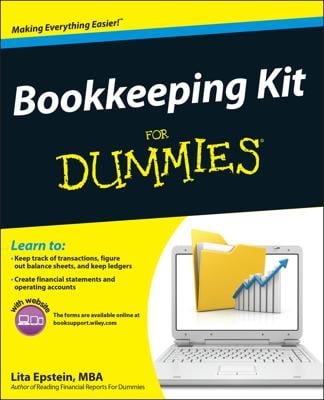A balance sheet is a snapshot of the financial condition of a business at an instant in time — the most important moment in time being at the end of the last day of the income statement period. The balance sheet is unlike the income and cash flow statements, which report flows over a period of time. The balance sheet presents the balances (amounts) of a company’s assets, liabilities, and owners’ equity at an instant in time.
Notice the two quite different meanings of the term balance. As used in balance sheet, the term refers to the equality of the two opposing sides of a business — total assets on the one side and total liabilities and owners’ equity on the other side, like a scale with equal weights on both sides. In contrast, the balance of an account (asset, liability, owners’ equity, revenue, and expense) refers to the amount in the account after recording increases and decreases in the account — the net amount after all additions and subtractions have been entered.
The activities, or transactions, of a business fall into three basic types:
Operating activities: This category refers to making sales and incurring expenses, and also includes the allied transactions that are part and parcel of making sales and incurring expenses. For example, a business records sales revenue when sales are made on credit, and then, later, records cash collections from customers. Keep in mind that the term operating activities includes the allied transactions that precede or are subsequent to the recording of sales and expense transactions.
Investing activities: This term refers to making investments in long-term assets and (eventually) disposing of the assets when the business no longer needs them. The primary examples of investing activities for businesses that sell products and services are capital expenditures, which are the amounts spent to modernize, expand, and replace the long-term operating assets of a business.
Financing activities: These activities include securing money from debt and equity sources of capital, returning capital to these sources, and making distributions from profit to owners. Note that distributing profit to owners is treated as a financing transaction, not as a separate category.
An accountant can prepare a balance sheet at any time that a manager wants to know how things stand financially. Some businesses — particularly financial institutions such as banks, mutual funds, and securities brokers — need balance sheets at the end of each day, in order to track their day-to-day financial situation.
For most businesses, however, balance sheets are prepared only at the end of each month, quarter, and year. A balance sheet is always prepared at the close of business on the last day of the profit period. In other words, the balance sheet should be in sync with the income statement.

